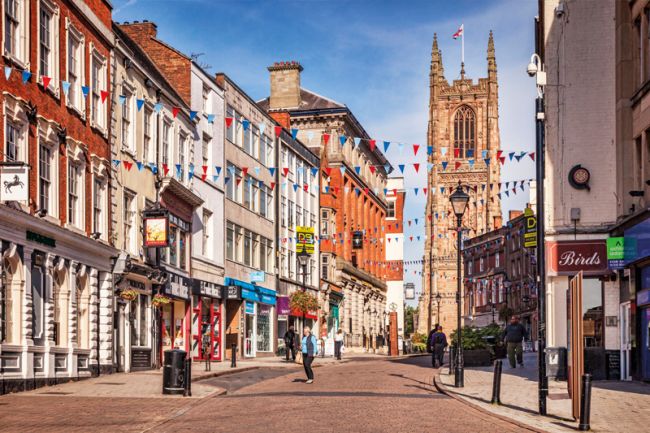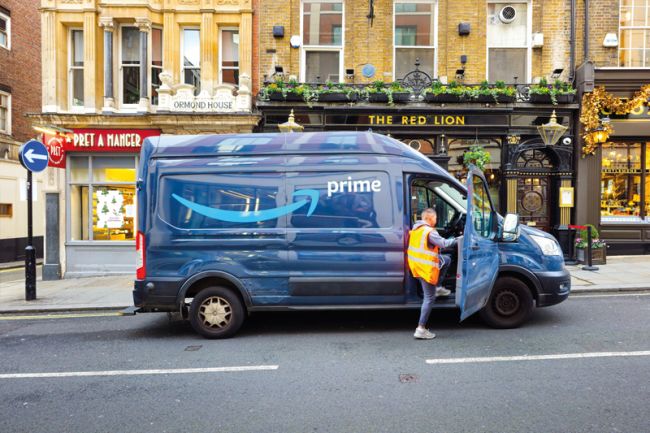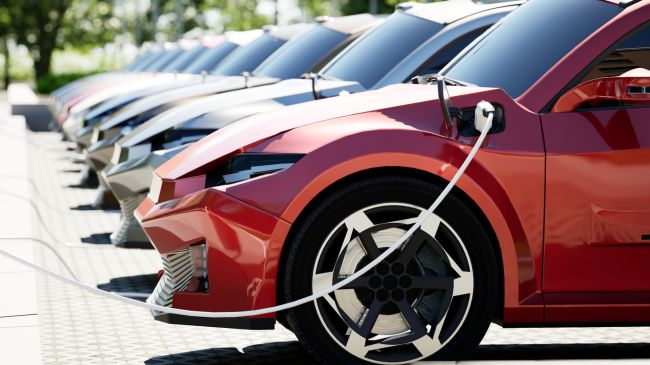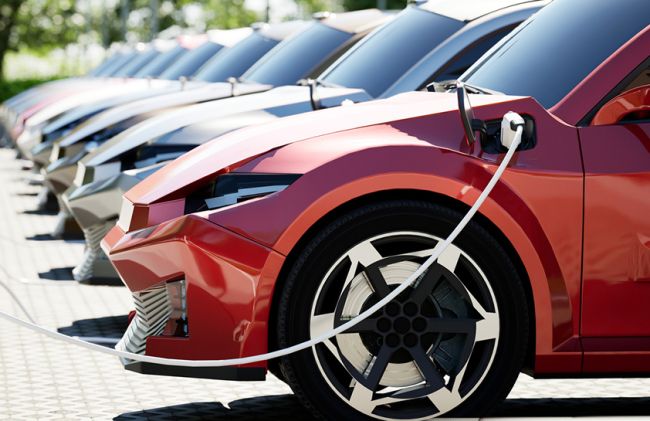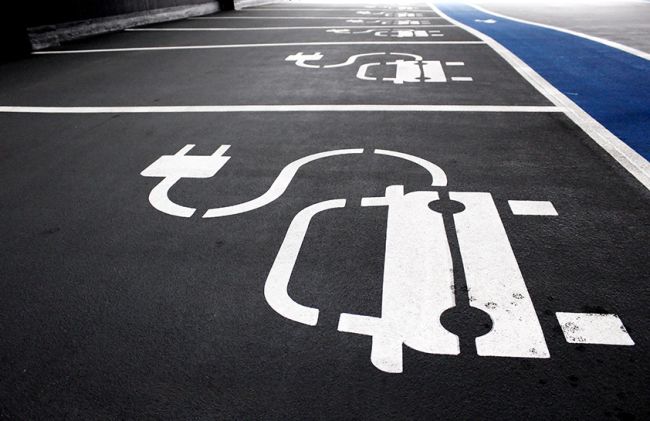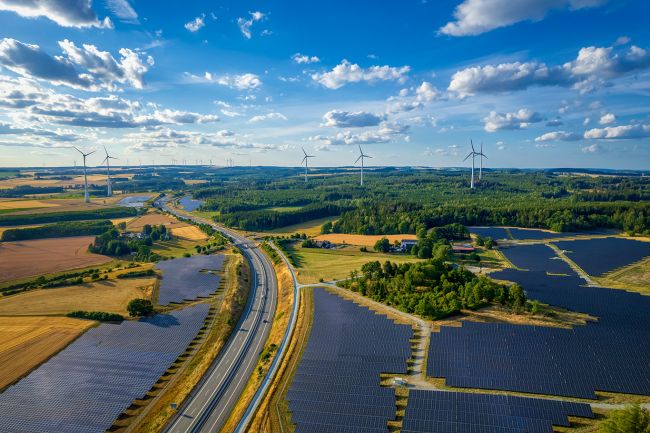Complete Streets in India – an opportunity not to be missed
After the last 25 years of chaotic and rapid urban development, 30% of India’s population now lives in towns or cities.
After the last 25 years of chaotic and rapid urban development, 30% of India’s population now lives in towns or cities. By 2031 this will reach 40%, pushing the urban population to 600 million. The country’s 400 urban agglomerations include 27 cities with a population of over a million and seven megalopolises, each with more than five million people, and a growing number of medium cities into which half the urban population of India is packed.
These cities are steadily expanding, sometimes outstripping the rise in population two or three-fold, due to urban sprawl. The United Nations Human Settlements Programme (UN Habitat) experts oppose this trend and advocate taller buildings, to limit outward growth and boost population density. This, they believe, is the price to pay to manage urban areas efficiently and secure sustainable development, concentrating the infrastructure necessary for city dwellers.
In its recent World Urbanization Prospect report, the United Nations (UN) states that, "India is on the brink of an urban revolution". With an active population, exceeding the number of children and seniors, this "demographic bonus" will open a window of opportunity forecast to last 30 years. This period of potential investment should be used to reclaim urban space, upgrade infrastructure and services, encourage local jobs, social and cultural diversity, and sustainable development, boost territorial cohesion and inclusiveness, and reduce inequality.
Substantial investment in public transport has often been focused on mass transit systems, which continues to be an important step in offering a sustainable alternative to private automobiles and combating the traffic congestion within Indian cities. However, the introduction of mass transit schemes has often ignored the needs of the local communities, the quality of the public realm, and alternative modes of transport such as walking and cycling. As India becomes more urbanised, it becomes increasingly important to develop effective urban planning policies that can safely accommodate the needs of all users: automobiles, public transport, pedestrians, cyclists, children, elderly people, and people with disabilities.
Designing ‘complete streets’, which incorporate comfortable pavements, cycle tracks, safe pedestrian crossings, bus priority lanes and shelters, and other features to encourage all means of transport, can do this. The adoption of complete streets policies could also result in a reduction of carbon emissions, dependency on crude oil, and a reduction in obesity rates in middle-class urban population who can choose to cycle and walk rather than drive. Complete streets are designed and operated to enable safe, attractive, and comfortable access and travel for all users, including pedestrians, cyclists, motorists and public transport users of all ages and abilities.
The implementation of complete streets across Indian cities poses a significant challenge, but the potential benefits include:
- Public safety
By making roads more accessible for all modes of transport, complete streets provide safe and convenient travel for persons of all ages and abilities, including children and the elderly. - Public health
Complete streets make active living easy by providing streets and pavements that encourage walking and cycling. They build a physical environment where residents are connected and mobile. - Public transport
Streets that are well designed for transit can encourage more people to get out of their cars and onto the bus or light rail. Safe and comfortable bus stops and smooth predictable public transport trips help make public transport an attractive option. - Economic benefits
Complete streets create attractive transport corridors that make businesses both inviting and easily accessible. Attractive corridors increase property value and visibility for both homes and business owners. - Liveable communities
Complete streets meet the demand for transport options, while promoting other community goals. They provide safe and affordable access for everyone, whether travelling to school, work, the doctor, shops or their favourite restaurant. - Environmental quality
Complete streets improve air quality by providing space that encourages low-emission travel, with green infrastructure to retain and treat storm water runoff and improve water quality. Also, complete streets provide landscaping elements that can reduce the heat island effect in urban communities. - Ensure long-term savings
Costs for complete streets may initially be more, but are offset by the many long-term benefits they bring. Complete streets may reduce construction and maintenance costs when roadways are narrowed and storm water is managed more efficiently.
